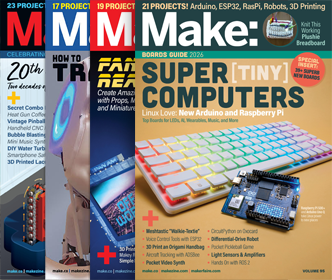Life Size Junk Mammoth
Junk artist extraordinaire Jud Turner is an old favorite here at MAKE. He’s just moved into a bigger studio and completed his largest piece, ever—a life-size Columbian Mammoth skeleton made from “95% recycled materilas, mostly old farm equipment and agricultural tools.” He’s also posted some cool work-in-progress shots here. [Thanks, Jud!]








